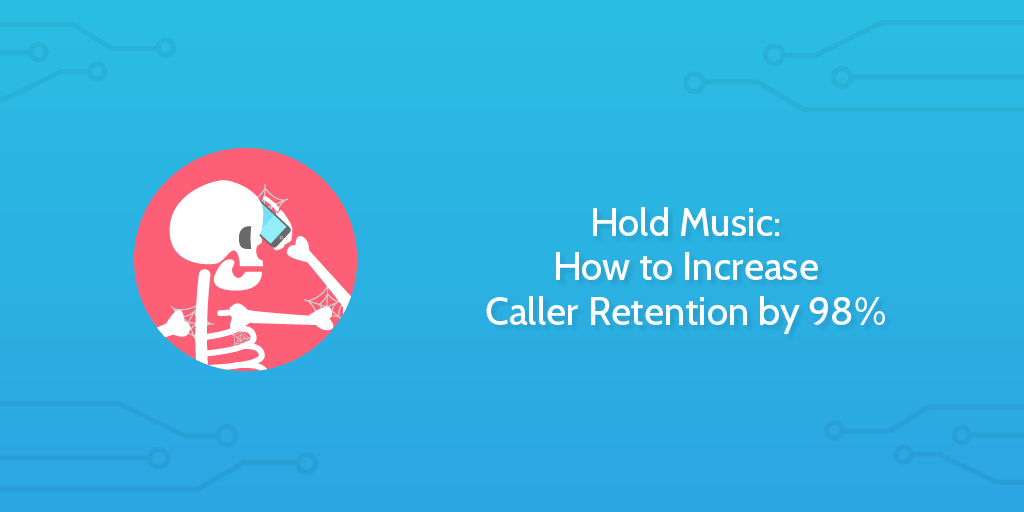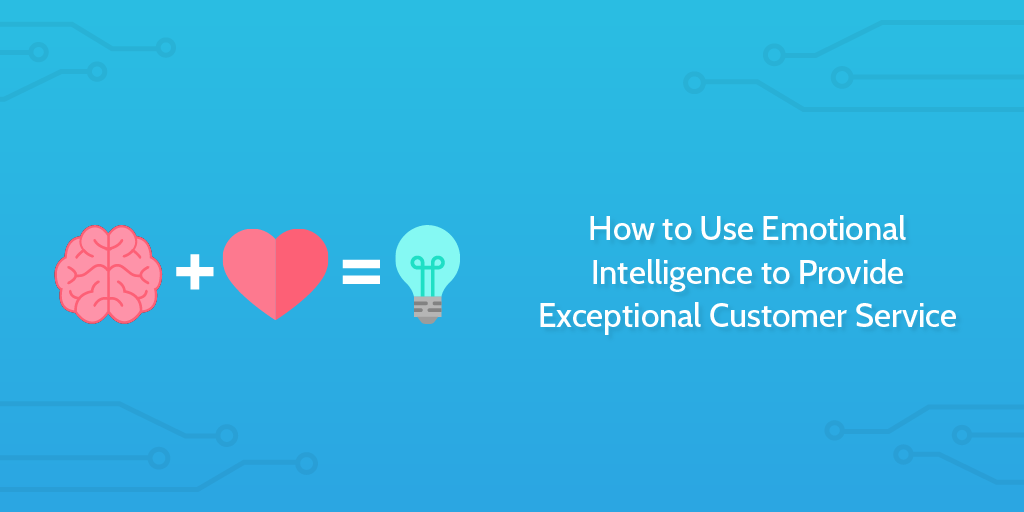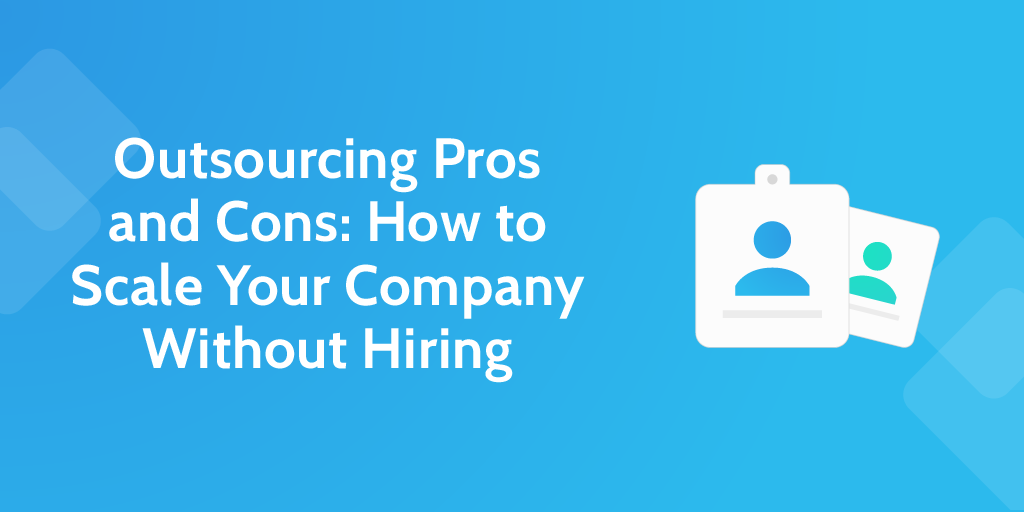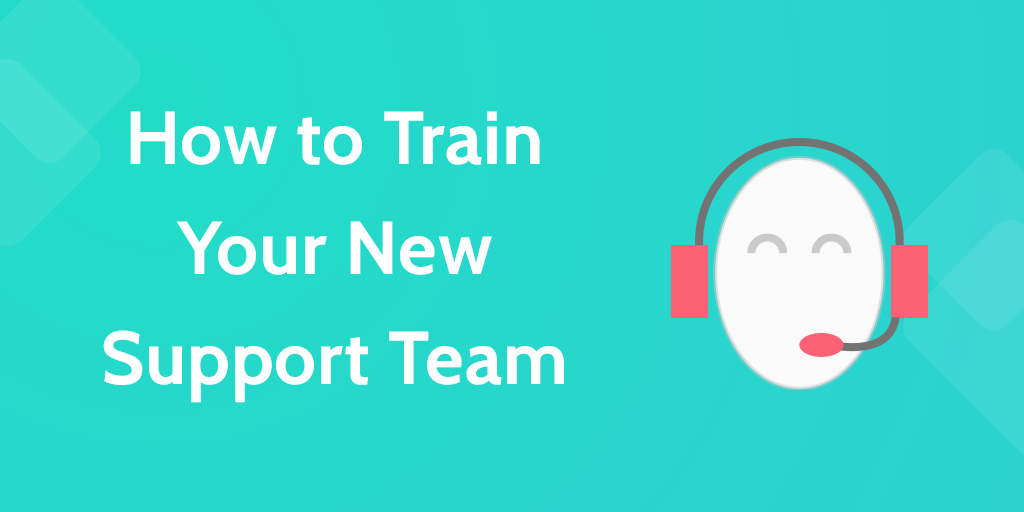
This is a guest post from Brayn Wills, knowledge management manager at ProProfs. He is responsible for creating unique and relevant content on knowledge base tools and keeping track of the latest developments in the realm of knowledge management. In his free time, he is either reading a new book or exploring offbeat destinations.
When customers deal with businesses, they expect a great experience. This means that some kind of customer support needs to be available to them, around the clock.
Of course, providing quality customer support with real human agents managing helpdesks 24/7 is an expensive proposition.
On the other hand, companies need to make it easy for customers to access information to solve common queries – this is a vital factor in the journey towards consistent, high-quality customer satisfaction.
Many organizations are now implementing customer self-service via traditional and online platforms to ensure that neither the business nor the customer suffers.
This helps them to deliver a double whammy of maintaining their overheads while improving their efficiency in customer service, both of which result in improved customer experience.
With the adoption of digital services, self-service is gradually minimizing the burden on live agents too. It is also allowing businesses to successfully meet customer expectations with regards to servicing queries in a more timely and regulated fashion.
However, going overboard with the automation of customer support self-service can be a risky move for businesses. While it may help in curbing expenses, it may take an adverse toll on customer satisfaction and the overall reputation of the business. Therefore, the key is to hit the right balance between man and machine.






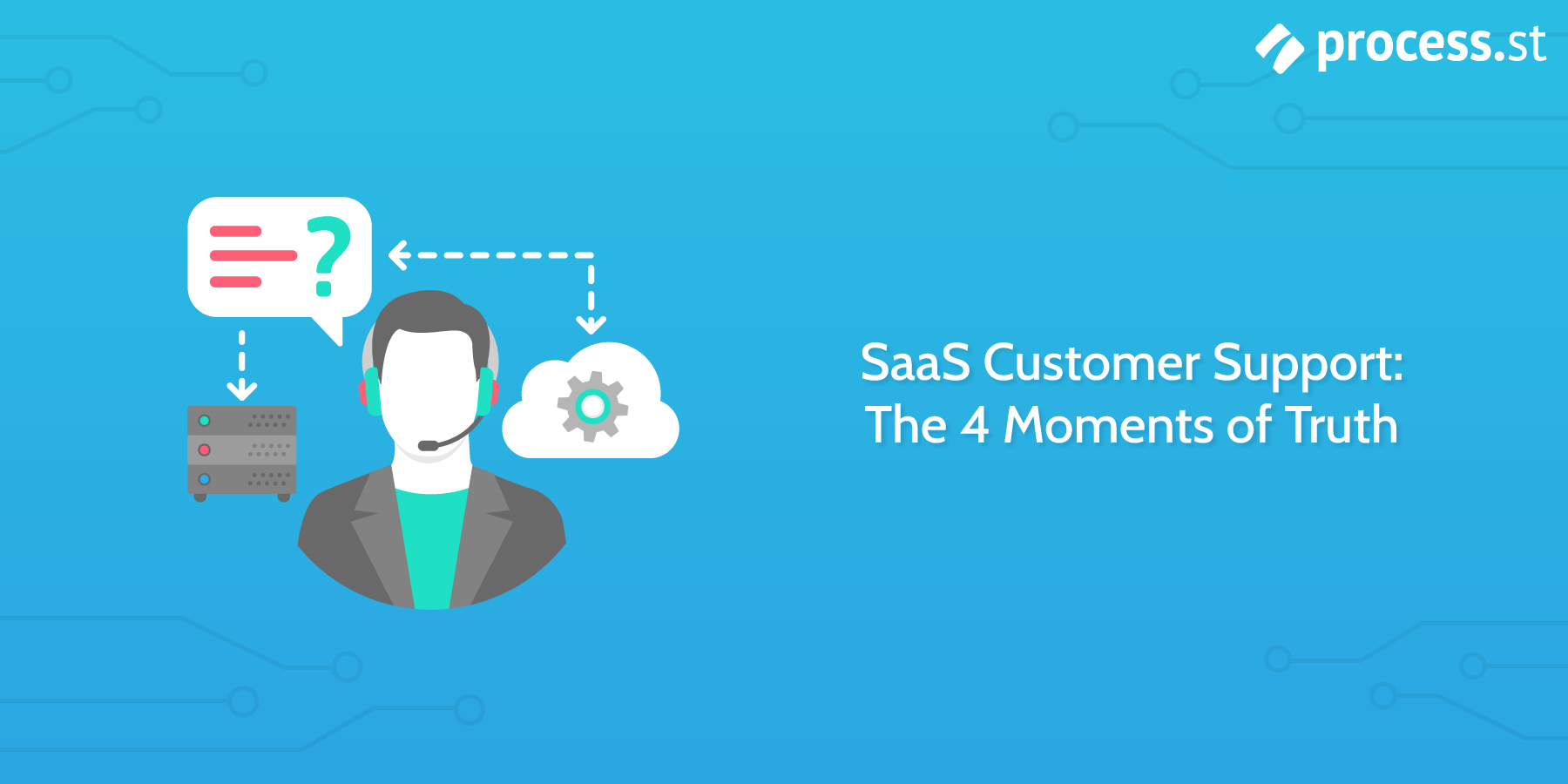
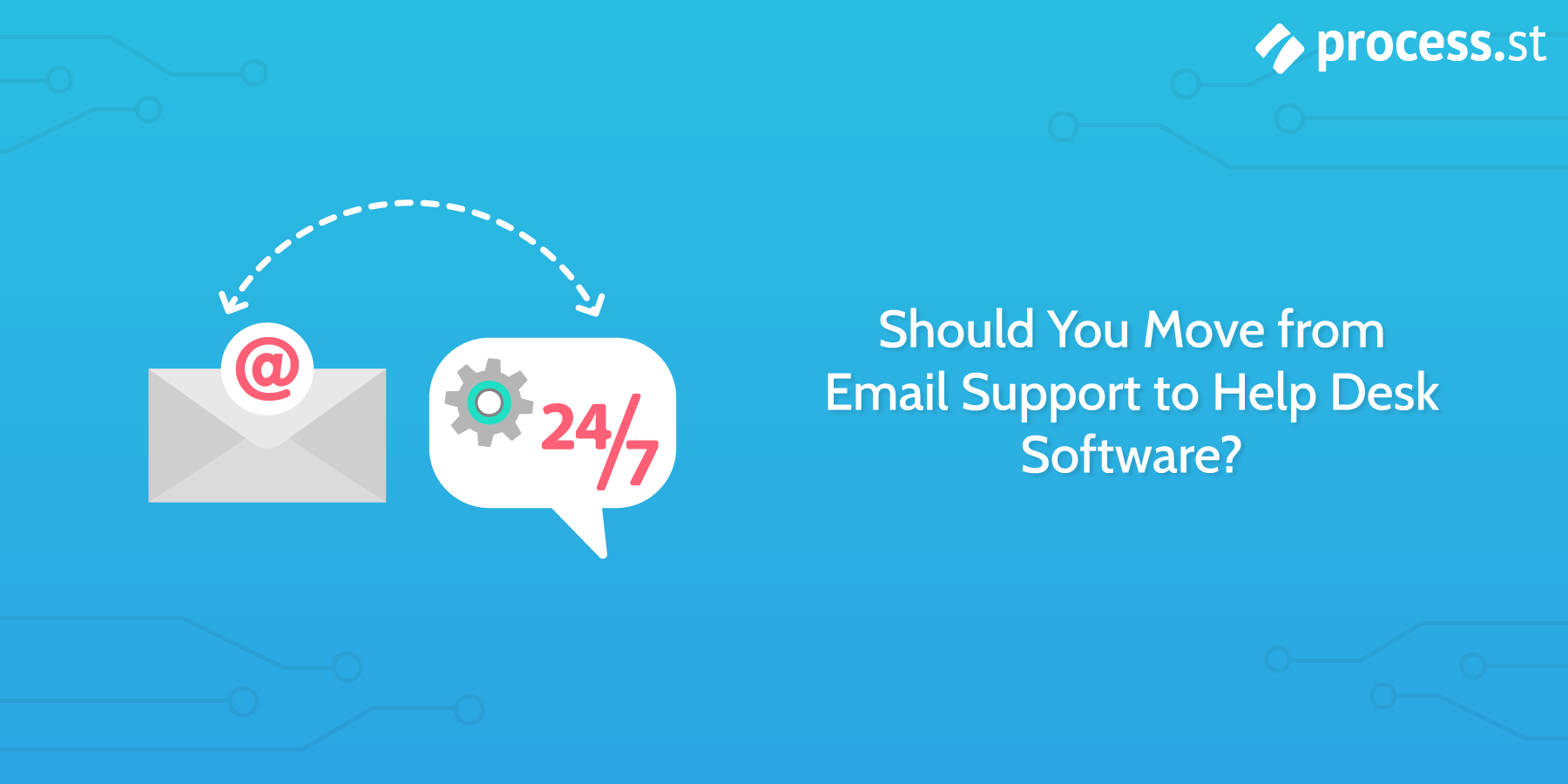
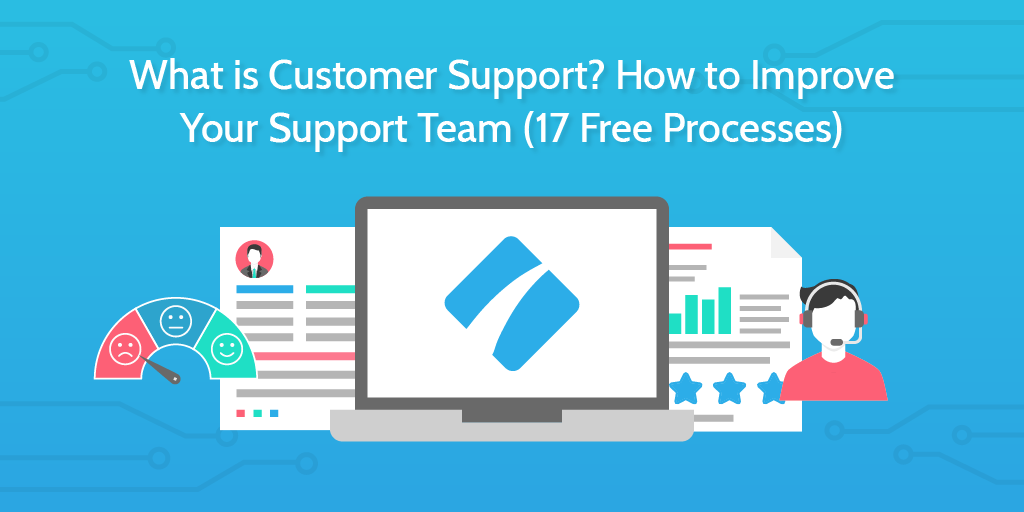
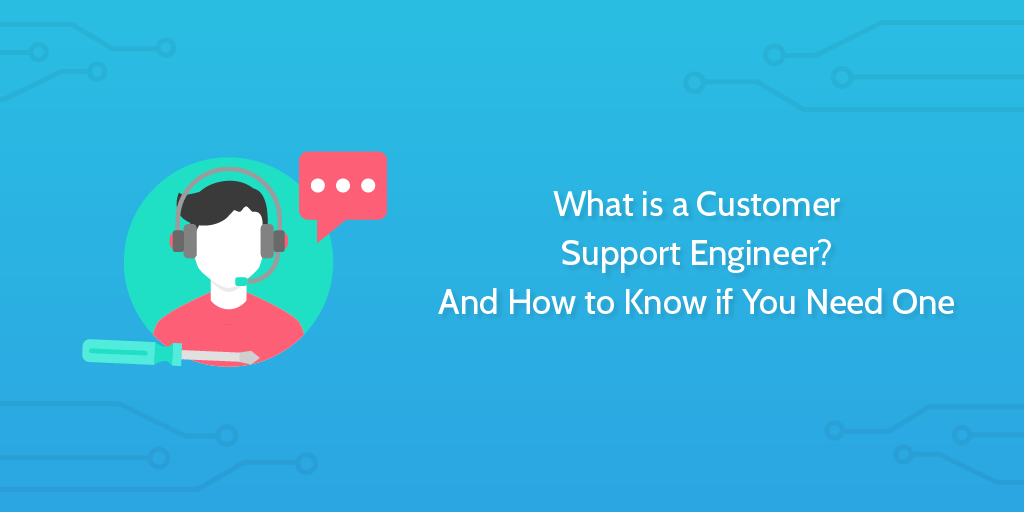 There are so many layers to a modern
There are so many layers to a modern 